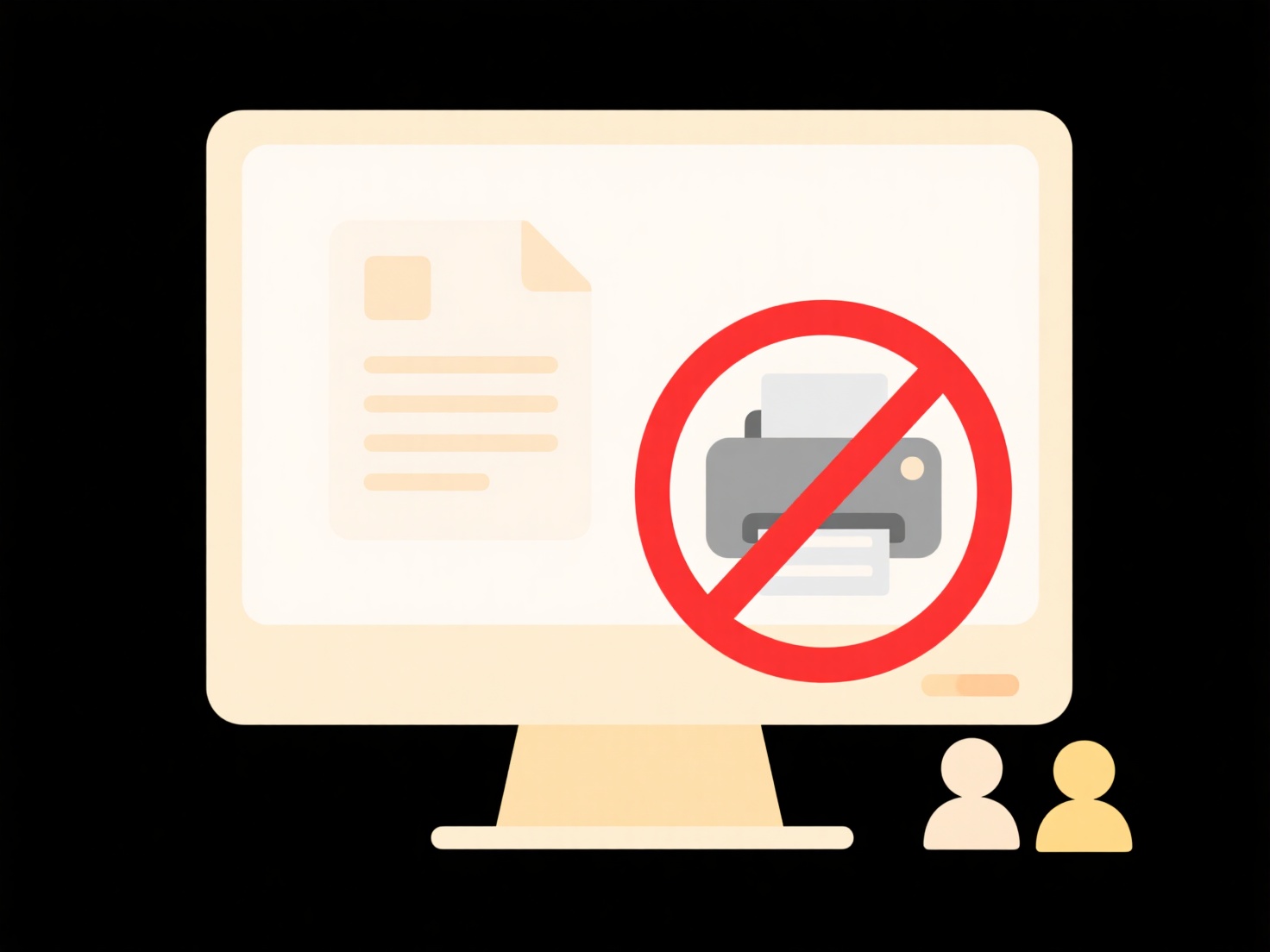
Renaming files to avoid duplication means changing filenames uniquely before sharing them, ensuring no identical filenames exist in the destination location. This differs from simple renaming (like personalizing a file) by intentionally incorporating unique elements like timestamps, project codes, or sequential numbers. Instead of sending 'Report.pdf' multiple times, you might create 'Report_v2_20240715.pdf', making each instance distinct and preventing overwriting or confusion at the recipient's end.
Common examples include adding dates and version numbers to documents sent via email for client approval, such as changing 'Proposal.docx' to 'ClientName_Proposal_v1.2_0715.docx'. File sharing platforms like Dropbox or SharePoint also benefit when teams rename uploaded project assets with unique identifiers, e.g., 'Blueprint_Phase3_Final_UserA.png', avoiding conflicts in shared folders.

This manual approach reliably prevents data loss from overwrites and clarifies file versions. However, it requires user effort and lacks automation. Errors can occur if names aren't truly unique or conventions aren't followed consistently. Future solutions involve automated deduplication tools within platforms, but explicit renaming remains a trusted, user-controlled method for critical transfers despite its time cost.
How do I rename files to avoid duplication before sending?
Renaming files to avoid duplication means changing filenames uniquely before sharing them, ensuring no identical filenames exist in the destination location. This differs from simple renaming (like personalizing a file) by intentionally incorporating unique elements like timestamps, project codes, or sequential numbers. Instead of sending 'Report.pdf' multiple times, you might create 'Report_v2_20240715.pdf', making each instance distinct and preventing overwriting or confusion at the recipient's end.
Common examples include adding dates and version numbers to documents sent via email for client approval, such as changing 'Proposal.docx' to 'ClientName_Proposal_v1.2_0715.docx'. File sharing platforms like Dropbox or SharePoint also benefit when teams rename uploaded project assets with unique identifiers, e.g., 'Blueprint_Phase3_Final_UserA.png', avoiding conflicts in shared folders.

This manual approach reliably prevents data loss from overwrites and clarifies file versions. However, it requires user effort and lacks automation. Errors can occur if names aren't truly unique or conventions aren't followed consistently. Future solutions involve automated deduplication tools within platforms, but explicit renaming remains a trusted, user-controlled method for critical transfers despite its time cost.
Related Recommendations
Quick Article Links
What’s the best way to clean up duplicates in media libraries?
Duplicates in media libraries refer to identical copies of files unintentionally created through transfers, syncing, or ...
What’s the best way to document sync strategies for teams?
Documenting synchronization strategies involves creating clear, accessible guidelines for teams to coordinate work acros...
Can folder duplication be automated by mistake?
Accidental automated folder duplication occurs when scripts, software, or system processes unintentionally copy folder c...